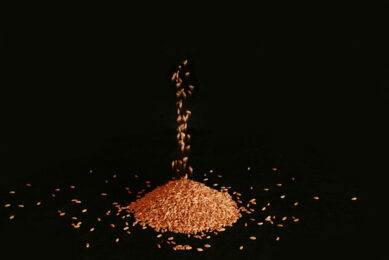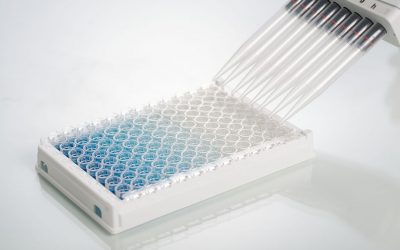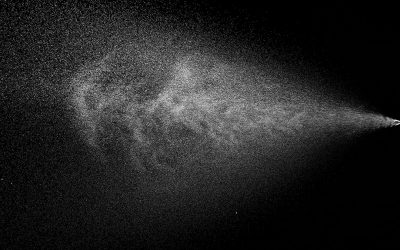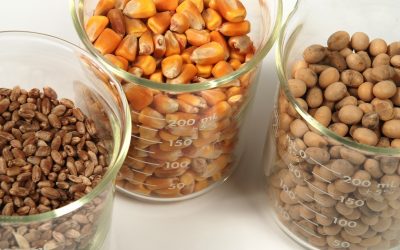Sample analysis – Is there a ‘right’ result?
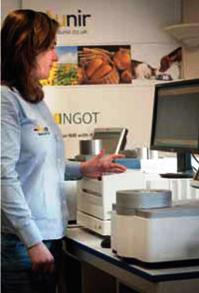
Whatever method you use or property you measure, analytical tests will always involve a degree of uncertainty – as a result of, for example, inaccuracies in weighing and measuring. Analyse the same sample twice and you’re likely to get two slightly different results. Both will essentially be correct – the key is knowing how to compare them, and understanding the possible causes of error.
To be able to obtain a ‘right’ result in sample analysis first it is necessary to say exactly what is meant by error. In analytical results there are two main kinds: systematic error and random error. Put concisely, systematic error is the source of a result’s inaccuracy, while random error causes imprecision.
Accuracy versus precision
In a set of repeated results for a single sample, the ‘right’ result is likely to be somewhere in the middle. This ‘true’ value – the hypothetically correct result – can be estimated by many repeat measurements. With increased repeats, if enough measurements are taken, random uncertainty will be cancelled out. In other words, the measurements recorded above the ‘true’ result will equal those below the ‘true’ result.Accuracy represents the distance of the average value from the ‘true’ value in a set of results, and precision relates to the spread of results. In principle, accuracy and systematic errors – which remain unchanged when a measurement is made under the same conditions – can be corrected for.
In a set of repeated results for a single sample, the ‘right’ result is likely to be somewhere in the middle. This ‘true’ value – the hypothetically correct result – can be estimated by many repeat measurements. With increased repeats, if enough measurements are taken, random uncertainty will be cancelled out. In other words, the measurements recorded above the ‘true’ result will equal those below the ‘true’ result.Accuracy represents the distance of the average value from the ‘true’ value in a set of results, and precision relates to the spread of results. In principle, accuracy and systematic errors – which remain unchanged when a measurement is made under the same conditions – can be corrected for.
Repeatability versus reproducibility
The degree of uncertainty in a result depends mainly on the method used and the operator, equipment and environment involved in the test. If the same analysis of a sample is performed by one operator on the same instrument under the same conditions, then the variation between results is called repeatability.
The degree of uncertainty in a result depends mainly on the method used and the operator, equipment and environment involved in the test. If the same analysis of a sample is performed by one operator on the same instrument under the same conditions, then the variation between results is called repeatability.
If a sample is split in two and sent to different labs, where it is analysed in the same way by different operators and equipment, any variation is known as reproducibility – often referred to as ‘inter-lab error’.
Notably, the error associated with reproducibility is always greater than that associated with repeatability.
Comparing results
When comparing wet chemistry sample data with near infrared reflectance (NIR) spectroscopy, you should always consider the uncertainty to be expected between the individual results. This will depend on the method used and the sample type analysed. If replicate results are within the expected range of inter-lab error, they can be viewed as the same result. If they are outside of this range, then action may need to be taken.NIR is an analytical technique guaranteed to provide rapid, reliable and accurate results at a fraction of the cost of laboratory reference techniques. It uses reflected light to analyse nutritional, chemical and physical properties at a molecular level. The method required for the analysis is simple. NIR involves little, or in some cases, no sample preparation, and no hazardous chemicals are used during the technique. This means that NIR analysis can be conducted by all operators, even if they do not have a technical background. In fact, un-skilled operators are able to achieve results comparable in accuracy and precision to those obtained by highly trained reference laboratory operators.
When comparing wet chemistry sample data with near infrared reflectance (NIR) spectroscopy, you should always consider the uncertainty to be expected between the individual results. This will depend on the method used and the sample type analysed. If replicate results are within the expected range of inter-lab error, they can be viewed as the same result. If they are outside of this range, then action may need to be taken.NIR is an analytical technique guaranteed to provide rapid, reliable and accurate results at a fraction of the cost of laboratory reference techniques. It uses reflected light to analyse nutritional, chemical and physical properties at a molecular level. The method required for the analysis is simple. NIR involves little, or in some cases, no sample preparation, and no hazardous chemicals are used during the technique. This means that NIR analysis can be conducted by all operators, even if they do not have a technical background. In fact, un-skilled operators are able to achieve results comparable in accuracy and precision to those obtained by highly trained reference laboratory operators.
Aunir’s NIR technology products are used by the food and feed industry as a safe, efficient and cost-effective way to test the nutritional make-up of bulk materials – for example the moisture, protein, starch or sugar levels the materials contain. The NIR technique is non-destructive to the material being analysed, resulting in less waste and the ability to measure exactly the same sample in repeated scans. NIR testing techniques are applied to foods and feed from wheat and flour to animal feed and plant seed. Furthermore, the technology can be used at different stages of the production process – and all without sending samples to a lab. All of which makes NIR an accurate and reliable alternative to wet chemistry analysis, representing savings in time, money and accuracy.




